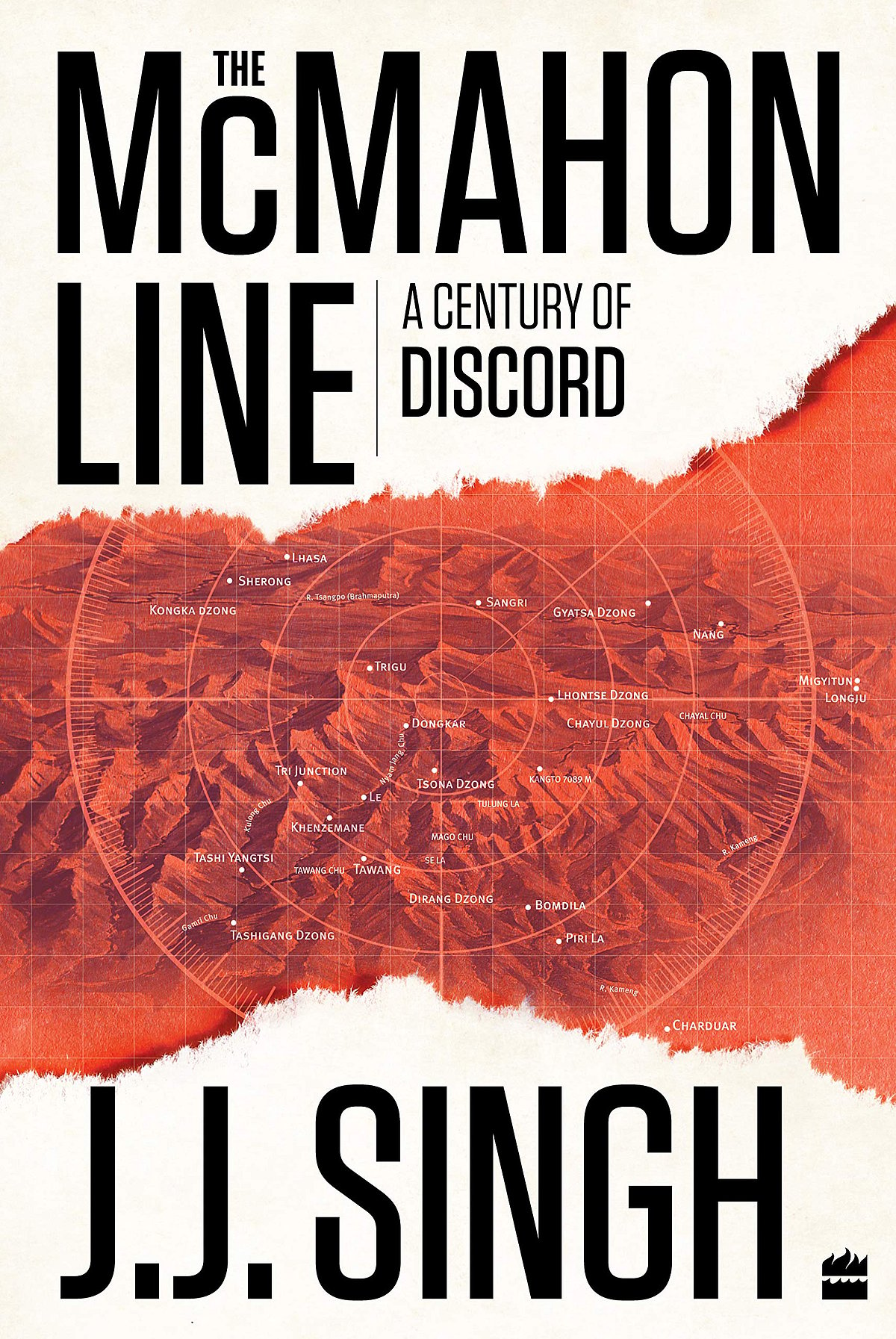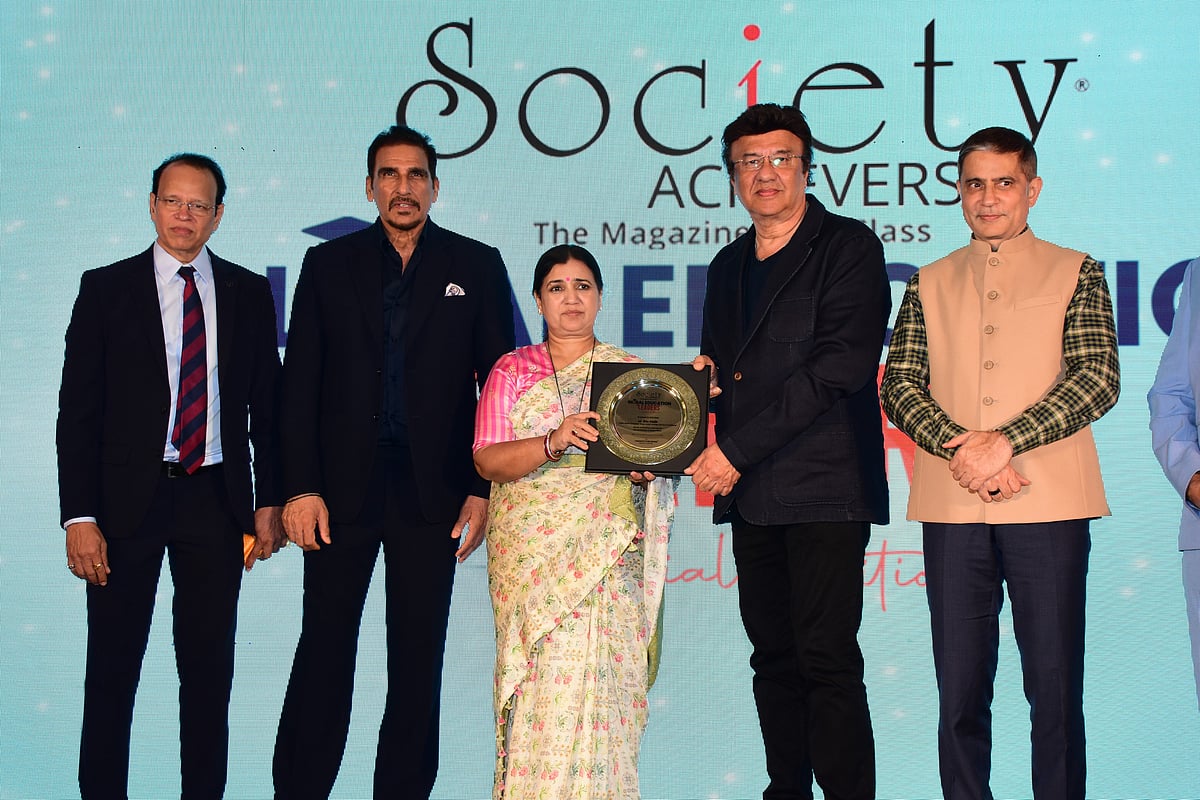Book: The McMahon Line: A Century of Discord
Author: J J Singh
Publisher: Harper Collins
Pages: 441; Price: Rs 799
JJ Singh, a former Chief of Army Staff, has written and documented an important book The McMahon Line: A Century of Discord. He was also Governor of Arunachal Pradesh during 2008-13. The McMahon Line is a demarcation line (boundary) drawn on map following the Simla convention in 1914 between Britain, Tibet and China. It was signed by the Britain and Tibet. China refused to sign. Its legal status is disputed but it is seen as effective boundary between India and China.
Colonel Arthur Henry McMahon, a British official, drew a line along the Himalayas on the eastern sector at the Simla convention. He had an experience of drawing the line specifying boundaries. As a young Captain he accompanied Mortimer Durand, a British diplomat, on his mission to Kabul and spent two years demarcating the Durand Line. McMahon played a significant role in demarcation of the boundary between Afghanistan and British India in 1894-96. It’s now 2,200 km border line between Afghanistan and Pakistan. We also have Radcliffe line dividing India and Pakistan. It was named after Sir Cyril Radcliffe.
India and China shares a boundary of 4,057 kilometres, known as Line of Actual Control (LoAC), of high altitude mountainous terrain is also most complex and intractable border disputes. It has had a profound effect on the relations between the two Asian giants. India was the first non-communist nation after Burma to establish diplomatic relations with the China on April 1 1950. Sometime skirmishes between two armies also take place on the boundary. India also witnessed aggression from China in 1962.
The book is extremely well-researched and narrates the evolution of the McMahon line on the India’s eastern sector. It talks of origins of the boundary dispute. The book throws light on Tibet and its relations with the China. It gives details of how thirteenth Dalai Lama remained in exile from 1904 to 1909 to Mongolia to avoid falling into British hands. Later, he fled to India also.
During the 1959 Tibetan uprising the current and fourteenth Dalai Lama fled to India. India’s first PM Jawaharlal Nehru had announced in the parliament that the Dalai Lama had crossed into the Indian territory and they were given political asylum. Since then he and hundreds of Tibetans are living in India.
Certain positive things are taking place in the field of business and trade between two nations. In 1992, trade between two countries was $ 0.35 billion and it has increased phenomenally to $ 84 billion in 2017. The trade needs a peaceful atmosphere. In the global competitive market, it’s a trade which decides what kind of relations different countries will have. Similarly, Panch Sheel (the five principles of peaceful co-existence approved by Nehru and Zhou En-lai) could be the basis of taking forward relations. In 1962, China stabbed in the back but in 1988 when then PM Rajiv Gandhi visited China then Chinese supremo Deng Xiaoping told him importance of Panch Sheel.
The author correctly says,” As responsible emerging powers, both nations must endeavour to find common ground and play their role in the shaping of a new world order at forums such as the UN, G20, BRICS, SCO, ASEAN, BCIM and international financial organizations.”









